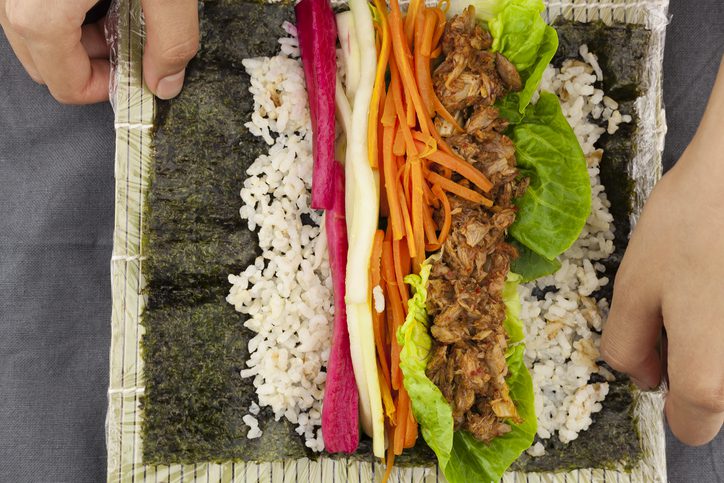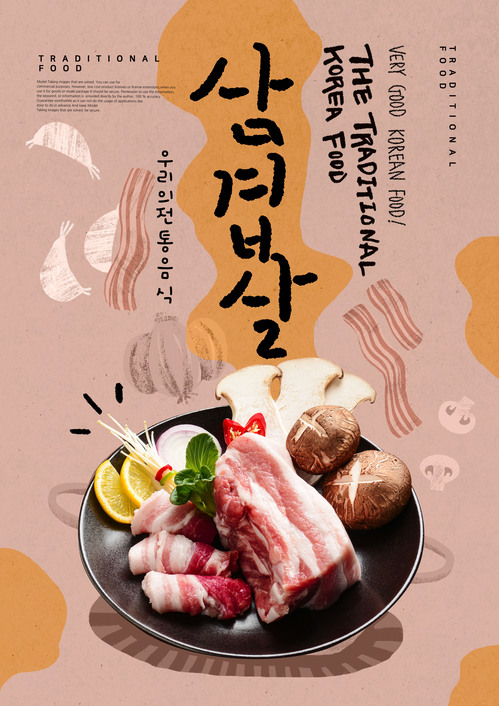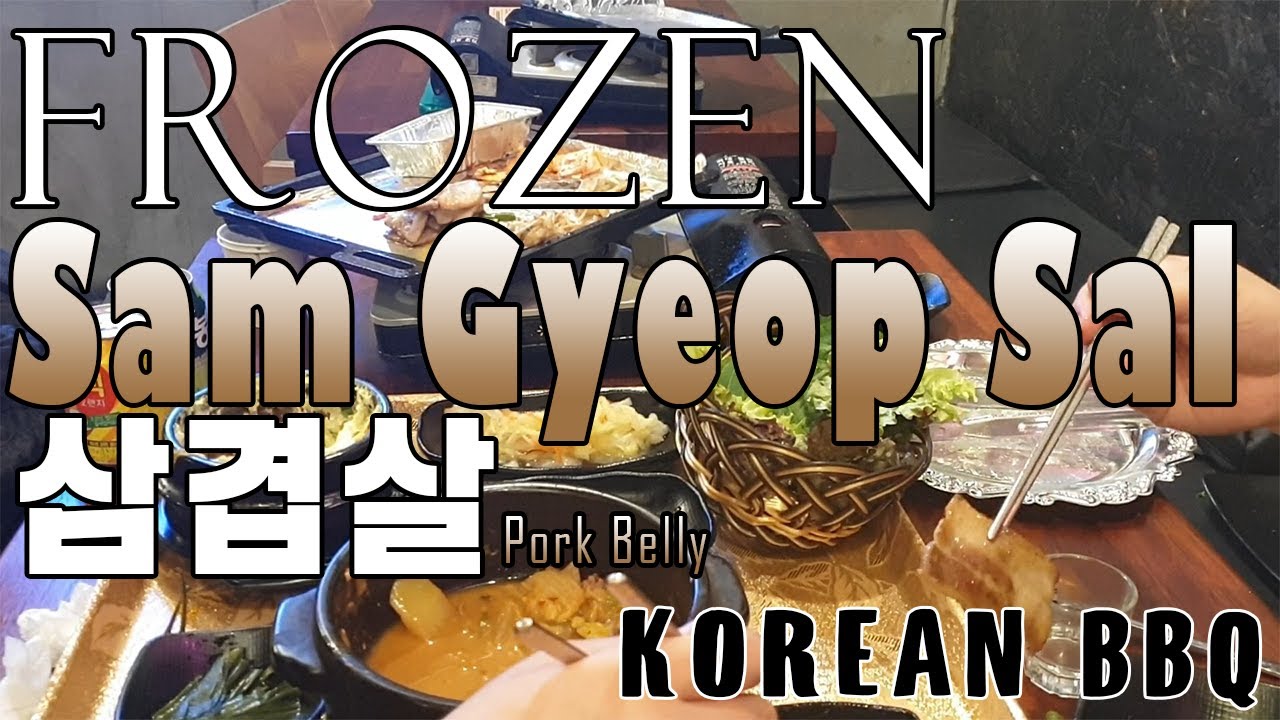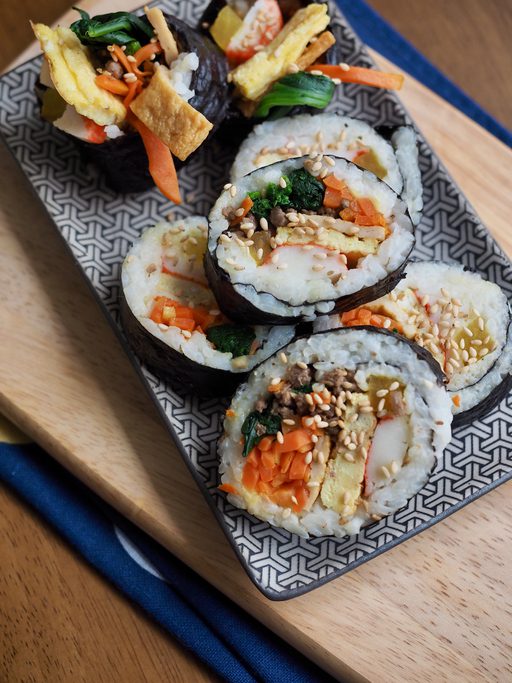
Korean Gimbap: Its Overview, Characteristics, Varieties, Manufacturing Method and History
Gimbap is one of the most beloved foods in Korea. This cylindrical dish, wrapped in seaweed and filled with a variety of ingredients, has won over the hearts of both locals and foreigners alike. In this post, we will delve deeper into the fascinating world of gimbap – its overview, characteristics, various types, manufacturing methods and history.

Overview of Gimbap
Gimbap is a traditional Korean dish that consists primarily of cooked rice (bap) and other ingredients that are rolled in sheets of dried laver seaweed (gim). The result is a cylindrical shape that can be easily sliced into bite-sized pieces for convenient eating. The name ‘gimbap’ literally means ‘seaweed rice’ in Korean.
The beauty lies within its simplicity yet versatility. It’s a popular picnic food item due to its portability; it doesn’t require any special utensils to eat and can be enjoyed at room temperature. With an array of fillings available ranging from vegetables to meats or seafoods, there’s certainly a type of gimbap for everyone.
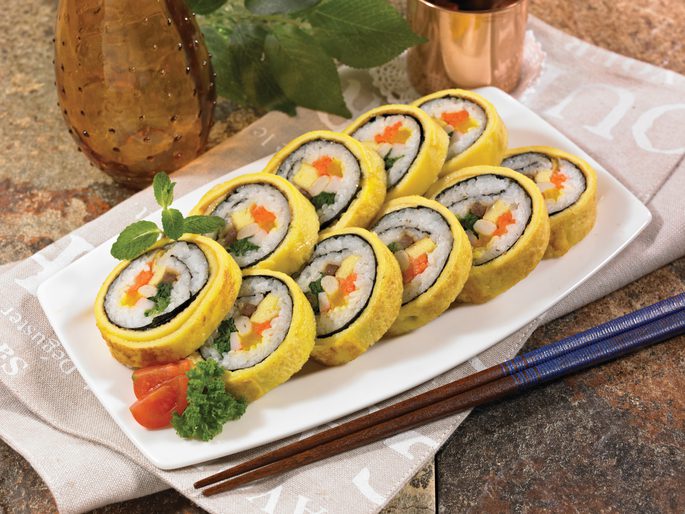
Characteristics of Gimbap
Gimbap is characterized by its convenience as well as versatility. As a ‘hand-held’ food item which can be conveniently consumed on-the-go or packed for later consumption makes it an ideal choice for busy individuals or those looking for quick meal options.
The taste profile can vary greatly depending on the choice and combination of ingredients used. This means you have control over what goes inside your roll – whether you prefer something vegetarian-friendly or protein-packed with meat or seafood – the possibilities are endless!
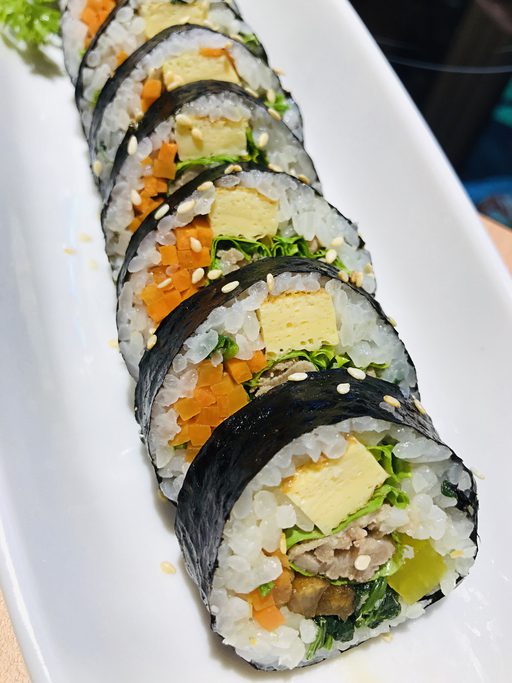
Types Of Gimbap
1 . Common National Gimpap : A classic version which typically includes pickled radish (danmuji), braised beef in soy sauce (jangjorim), ham among others.
2 . Tuna Gimpap : A delicious blend where tuna meets creamy mayonnaise.
3 . Cheese Gimpap : Cheese takes center stage providing not only richness but also depth in flavor.
4 . Vegetable Gimbap : Packed with assorted vegetables offering not only crunch but also health benefits.
5 . Beef Gimbap: Luxurious option featuring tender slices beef adding robustness to each bite.
Apart from these traditional versions there are countless creative variations out there waiting to be discovered!
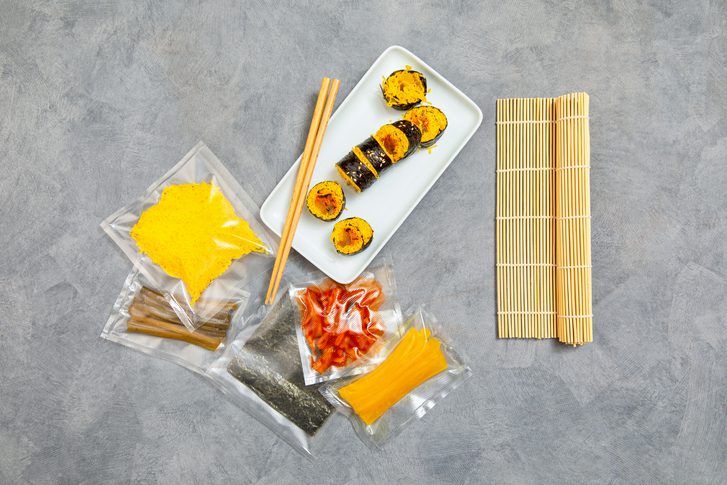
Manufacturing Method Of Gimbap
1 . Begin by cooking rice then mix it with salt sesame oil giving flavor dimension
2 . Prepare necessary ingredients like pickled radish danmuji , braised beef jangjorim , ham etc cutting them suitable sizes
3 . Lay gim flat spread rice evenly then layer prepared ingredients top
4 . Roll everything together using bamboo mat helps making gimpab rolls It’s important wrap neither too tightly nor loosely ensure perfect structure integrity
5 . Lastly apply sesame oil onto knife cut gimpab desired size Voila! Your homemade gimpbab ready enjoy!

History Of Gimbap
Historically speaking ‘gimpbap’ has its roots in ‘gimjugbok’, a court cuisine during Joseon Dynasty. During those times, it was usually eaten with soy sauce or salt seasoning. However, the contemporary ‘gimpbab’ which we are familiar with today – filled with diverse ingredients and rolled in gim – came into existence under the influence of Japan during Japanese colonial era.
Since the 1970s, gimbap started gaining popularity and rapidly spread across the nation to become one of Korea’s representative convenience foods. Over time, it has undergone various modifications and developments influenced by changes in societal trends and cultural practices. This evolution has given birth to an array of colorful and delicious ‘gimpbab’ varieties that we know today.
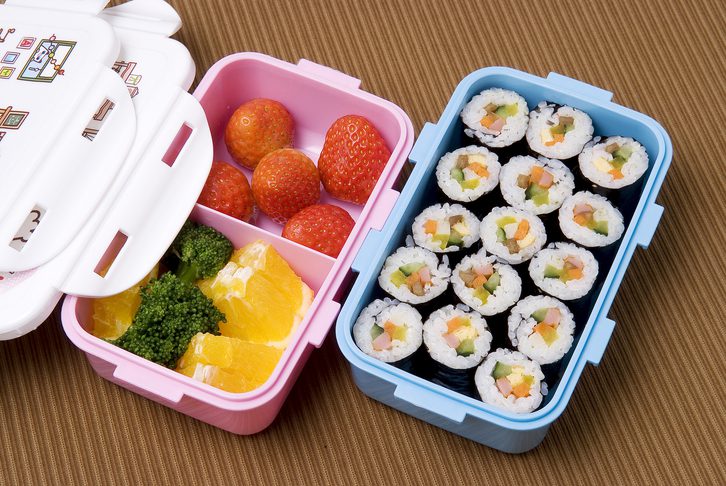
Conclusion
Gimbap is more than just a simple food item; it’s a reflection of Korean culture and history packed into bite-sized pieces. Its taste, convenience, potential for variation have made it a beloved dish among many people worldwide. Despite its humble appearance, gimbap carries within itself a rich narrative of Korean culinary tradition.
Through this post, I hope you’ve gained deeper insights about gimbap – from its humble beginnings to how it has evolved over time while still retaining its core essence. In our next post, we’ll continue exploring other traditional Korean foods that have shaped Korea’s gastronomic landscape.

